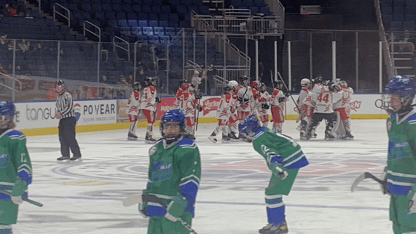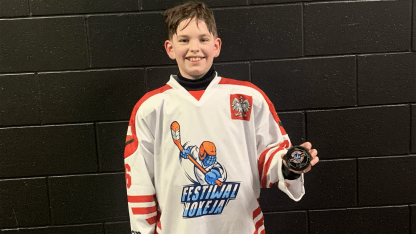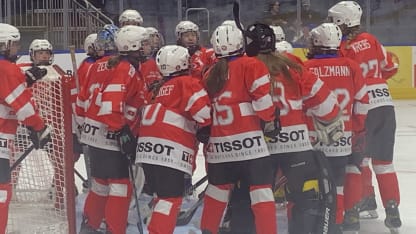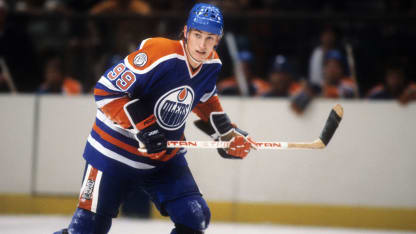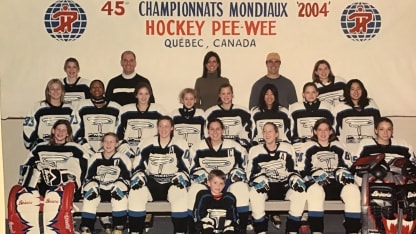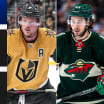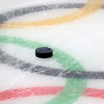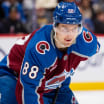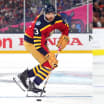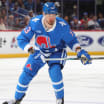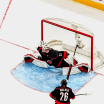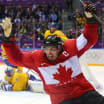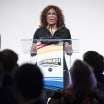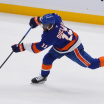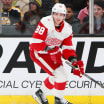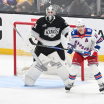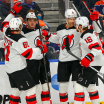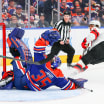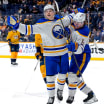Editor's note: The Quebec International Pee-Wee Hockey Tournament has been the premier youth hockey event in Canada since 1960, a steppingstone for many future NHL players, including Wayne Gretzky and Connor Bedard. NHL.com senior director of editorial Shawn P. Roarke went to Quebec earlier this month to check out the tournament and all that goes with it.
In the final part of a four-part series, Roarke highlights teams from outside North America who travel to the tournament. (Part 1 | Part 2 I Part 3).
QUEBEC -- Jacek Mincer didn't know what to do, so he relied on his training.
The forward had the puck on his stick in overtime during the first game his team, Festiwal Hokeja Poland, played at the Quebec International Pee-Wee Tournament.
There had yet to be a goal in the game against the Valley Jets and time for heroics was running short.
Mincer was ready to make his mark. He went to the left, went to the right and he shot. He scored 93 seconds into the extra period, winning the AA-Elite game against an opponent from Nova Scotia in sudden death.
"I had stress," Mincer said just minutes after the biggest moment of his young hockey life. "I don't know what was going on when I scored the goal. I don't know, it was like you get one million dollars."
There was no money, but there were smiles all around, on the ice at the Videotron Centre and in a jubilant dressing room in the aftermath.
It was hard to find a bigger smile than the one sported by Maciek Fabianczyk, the 23-year-old coach and owner of the Festiwal Hokeja Poland academy.
"This is the first time we are participating in this tournament and we are really happy we can join this magic time," he said. "And we won. We are really happy, it's unbelievable."
It's a scene that is played out each February here at the biggest peewee tournament in the world. Teams from Europe, at every level, are invited to compete against the best Canada and the United States have to offer in a 12-day, 120-team tournament.
This season, the field boasted 21 non-North American teams, including several from Asia, across the five flights: AAA, Elite-AA, AA, BB and Feminin.
Each player for each of those teams comes here with a dream of making a mark for his or her country, making a name and, perhaps, one day, joining the legion of international players who have turned this tournament into a jumping off point for a professional hockey career in North America.
It's been that way for more than 50 years now, with current NHL stars such as Anze Kopitar (Los Angeles Kings), Nico Hischier (New Jersey Devils) and Miro Heiskanen (Dallas Stars) coming to Quebec as youngsters.
The first European-based teams arrived in 1970, from Germany and France, to play in the 10th anniversary edition of this tournament. Since, the international presence has grown exponentially throughout the past 54 years.
